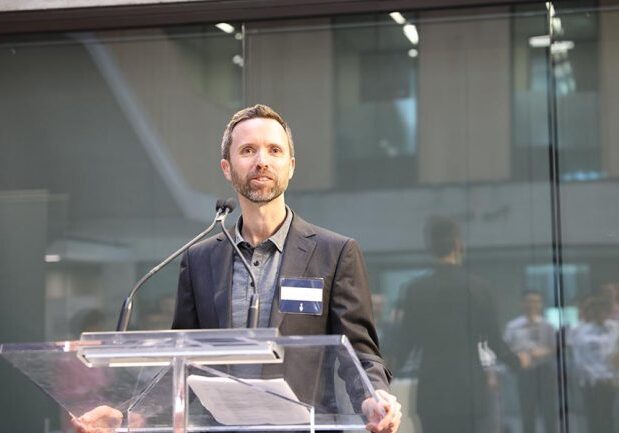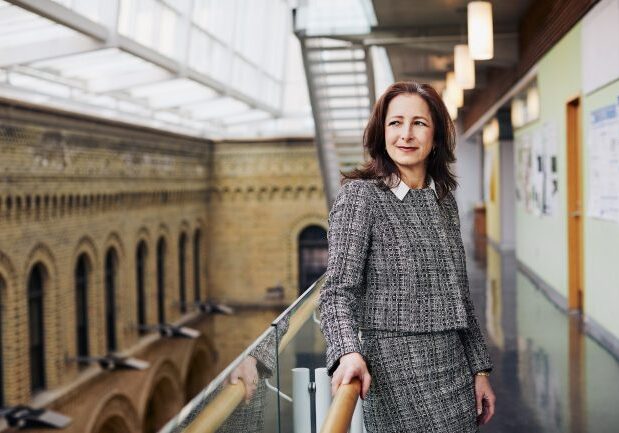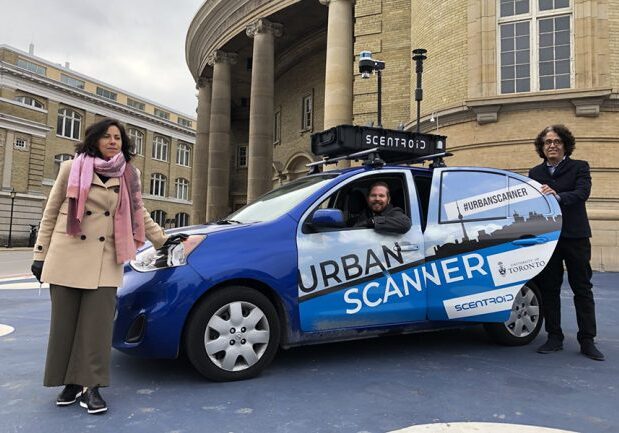
The UrbanScanner Project: Mobile monitoring of air pollution in cities
Professor Marianne Hatzopoulou (CivMin) and her team have designed and built a vehicle to enable detailed tracking of urban air pollution over space and time
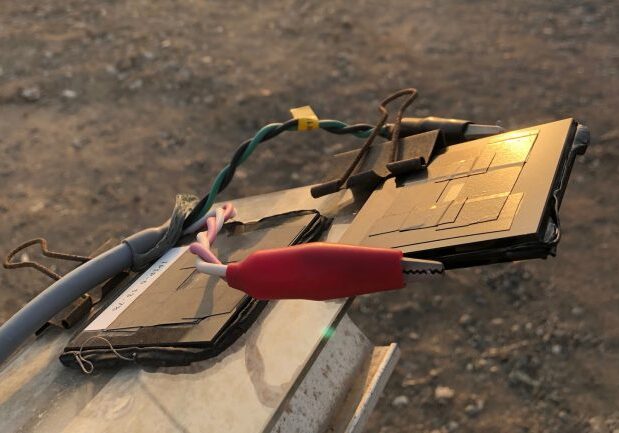
Two-sided solar cells can collect scattered light to gather more energy
New technology developed by international team from Saudia Arabia, Canada, Germany and Italy
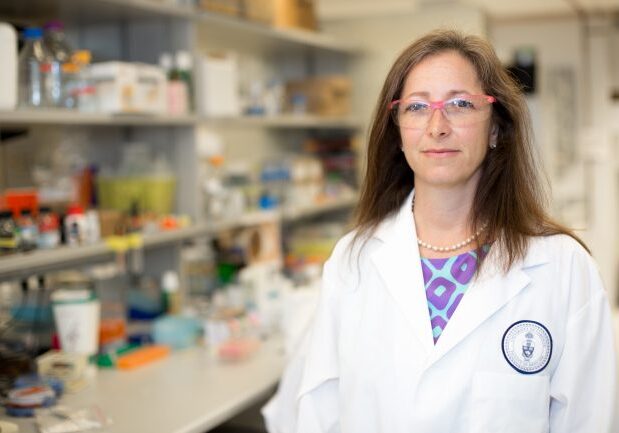
‘The next big step’: U of T researchers pursue a treatment for vision loss
An interdisciplinary team of researchers, led by U of T Engineering’s Molly Shoichet, are using retinal stem cells to restore vision
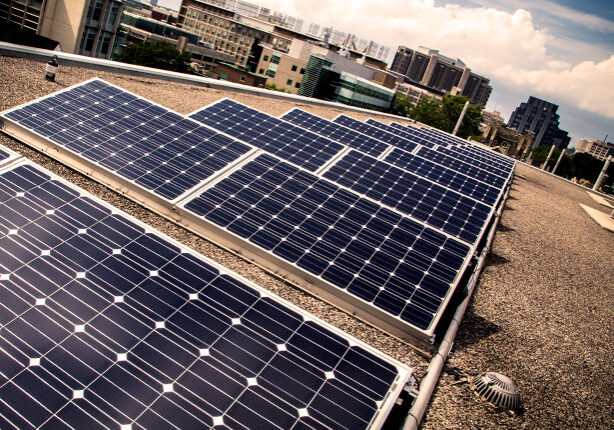
Fully operational DC microgrid boosts sustainability research in ECE
Researchers and students will have access to commercial-scale solar arrays and energy storage facilities — with the ability to collect real-time data
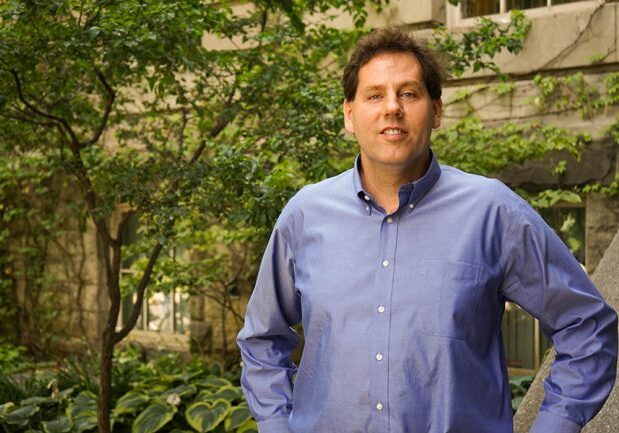
Professor Vaughn Betz elected to the National Academy of Inventors
Award recognizes outstanding inventions that have made a tangible impact on society
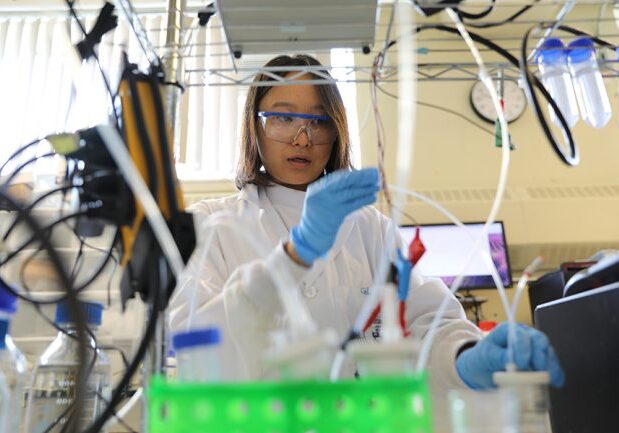
How clean electricity can upgrade the value of captured carbon
Researchers from U of T Engineering have developed a new pathway to convert CO2 captured with liquid amines into higher-value products, from fuel to plastics

